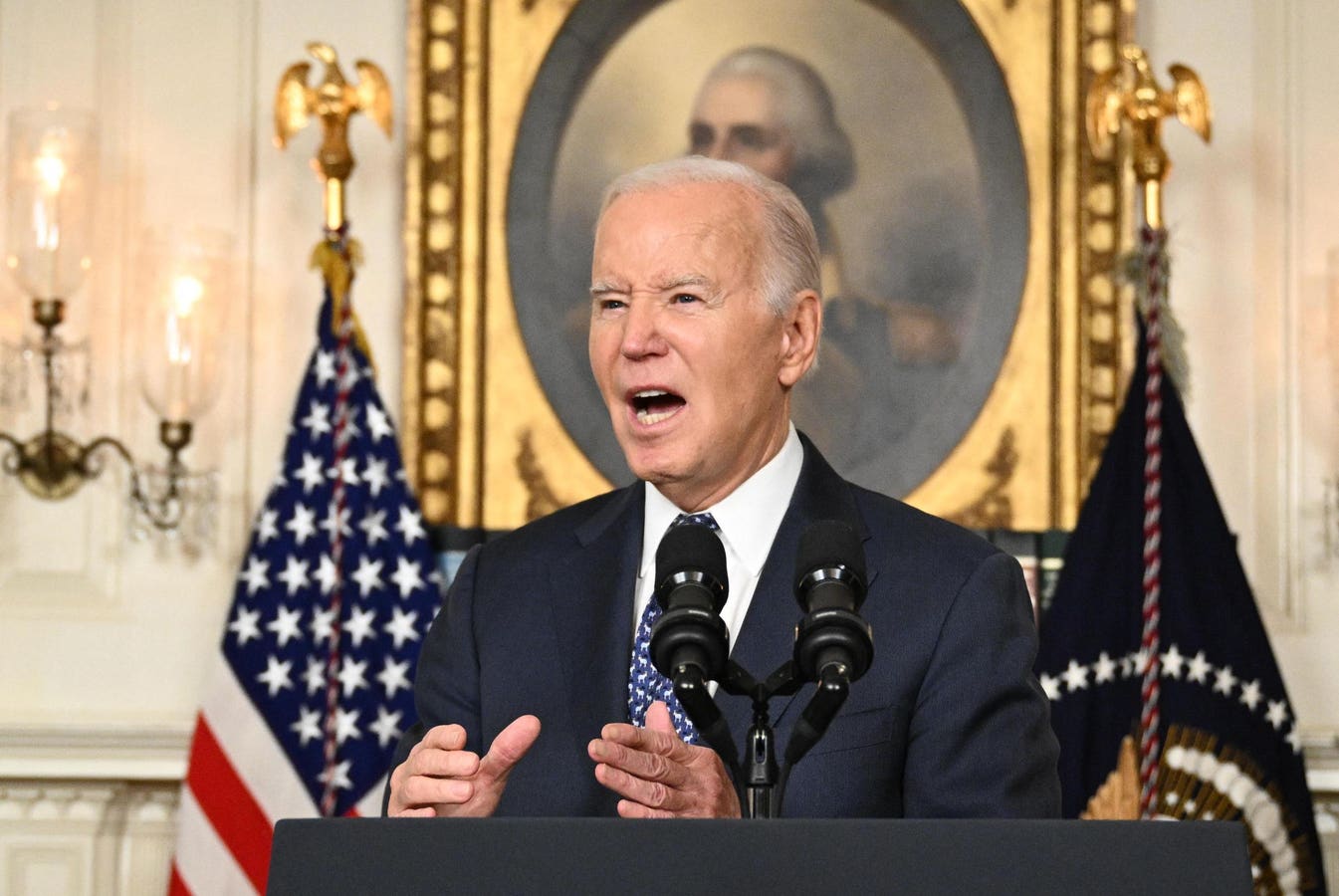Article Summary –
The age of the two main US presidential candidates, incumbent President Biden (81) and former President Trump (77), is a point of focus as the election campaign intensifies. This raises broader questions about the aging nature of US politicians, especially compared to their counterparts in Europe where political leaders are progressively becoming younger. The topic is contentious given occasional signs of forgetfulness from both Biden and Trump, coupled with a growing concern among younger voters of their potential mismatch with older leaders; this despite medical affirmations about both candidates’ fitness to serve.
President Biden’s Age and Reelection Bid
In the run-up to the presidential election, media scrutiny is focused on the advanced age of key contenders, President Biden and former President Trump. This leads to broader discussions on the rising age of U.S. politicians compared to their younger European counterparts. An interesting trend reversal is noticed with political leaders in Europe getting younger while their U.S. counterparts are aging.
President Biden, 81, is seeking another presidential term which would extend until he is 86. Trump, though younger at 77, is also considered old. Despite both candidates receiving clean bills of health, their forgetfulness and confusion have raised concerns among voters.
Criticism and Defense of Biden’s Age
Media attention often targets Biden, with reports suggesting voters believe he is too old for another term. However, both the President and Vice President Harris have dismissed such criticisms as inaccurate and inappropriate. Yet, age is a significant factor, particularly for younger voters who aren’t enthusiastic about a Biden-Trump rematch.
Notably, the age issue extends beyond the presidential candidates. Both Senate and House members include a surprising number of elderly individuals across political lines. This increase in the average age of politicians contrasts the trend in Europe where political leaders tend to be younger.
European vs. U.S. Political Age Gap
Visible European leaders in their 40s include Prime Minister Sunak of Britain, President Macron of France, Estonian Prime Minister Kallas, President Zelenskyy of Ukraine and Irish Prime Minister Varadkar. In contrast, the U.S. political establishment is significantly older despite a younger population. This highlights a stark discrepancy in the age of politicians between Europe and the U.S., further fueling the ongoing debate on the aging U.S. politician.
Impact of Age on Leadership
While older politicians can still govern effectively given their mental fitness, research highlights diminishing cognitive flexibility in individuals over 65. Executive functions, which include skills such as decision-making critical to political leadership, also show significant decline from age 60. However, variability in cognitive fitness exists, and some elderly individuals may retain the cognitive functions of younger individuals and be effective leaders.
Nonetheless, gerontocracies, or societies governed by the elderly, often face criticism for lack of representativeness. This factor, coupled with potential mental capacity issues, makes the age of politicians a contentious issue likely to remain under debate well beyond the upcoming presidential elections.
Read More US Political News
This article may have been created with the assistance of AI.



